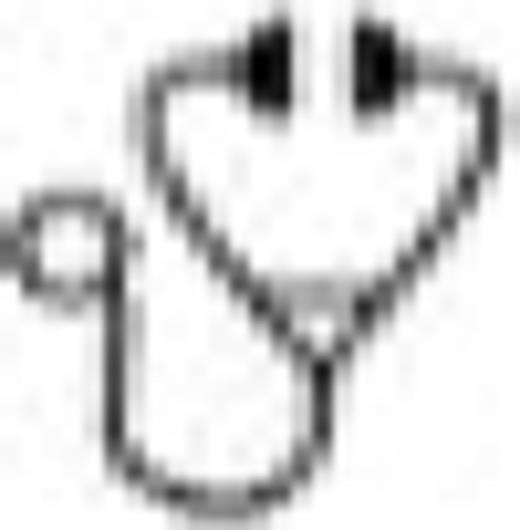Abstract

INTRODUCTION: Infertility is a major long term side effect after hematopoietic stem cell transplantation (HSCT) when using myeloablative conditioning regimen based either on high dose chemotherapy or radiotherapy and chemotherapy association. These conditioning regimens are associated with high rates of gonadal failure and endocrine defects. These side effects strongly impact on survivor's quality of life. Then, several options for fertility preservation have been developed and are currently available for children i.e. sperm cryopreservation, gonadal tissue cryopreservation, oocyte cryopreservation but some technics are still experimental.
AIMS: To analyse the acceptability of a fertility preservation program in pediatric HSCT (boys and girls). To evaluate the ovarian function several years after HSCT and to determine which patients are at risk to develop premature ovarian failure.
PATIENTS AND METHODS: All children treated by HSCT since the initiation of the fertility program (1998 for girls and 2009 for boys) in our center were included in the study. Clinical and biological data were collected until the 30 April 2015 and were retrospectively analysed. Evaluation of ovarian function was made for girls older than 13 years. Gonadal function was determined by clinical data (pubertal development, menstruations status, substitutive hormonal therapy) and by biological data including follicle stimulating hormone (FSH), luteinizing hormone (LH), antimüllerian hormone (AMH) and oestradiol serum levels. Premature ovarian insufficiency was defined by amenorrhoea and a FSH serum level greater than 25UI/L.
RESULTS: From May 1998 to December 2014, 445 children (187 boys, 258 girls) received a first allogeneic HSCT at a median age of 7.4 years (range: 0.4-18.8). 70% patients had been treated for a malignant pathology and 30% for a non-malignant disease. The conditioning regimen was administered according to the pathology and has been classified as myeloablative conditionning regimen (MAC) with or without total body irradiation (TBI) and reduced intensity conditioning (RIC).
A fertility preservation was proposed by haematologist to 237 children (53%). Twenty five families declined the proposal. 208 families met the physician from fertility preservation program and after counselling, 28 (13%) refused the procedure and 23 (11%) presented with a medical contra indication to the surgery. Finally, 161 children had a cryopreservation: 4 postpubertal boys had a sperm cryopreservation, 64 boys underwent testicular biopsy and 93 girls an unilateral ovariectomy at a median age of 8.8 years (0.8 - 16) and 7.2 (0.6 - 16.5) for boys and girls, respectively. No grade 3-4 adverse effects of the surgery were reported.
120 out of 445 patients (40 boys, 80 girls) died after HSCT (from either TRM or underlying disease) during follow up (overall survival: 73%).
Regarding females, assessment of ovarian function was available for 69 post pubertal girls with the median time of follow up after HSCT of 5.2 years (1-14, 7). The median age at HSCT for these 69 girls was 10.4 years (1.2-17.9). 62% were treated for a malignant disease and 38% for a non-malignant disease. Conditioning regimen was MAC for 56 girls (81%) with TBI for 18 (26%), and RIC for 13 girls (17%). 28/69 (40%) underwent ovarian cryopreservation before HSCT.
42 girls had developed premature ovarian insufficiency at a median age of 15.3 years (13-19, 5). From them, 11 (26%) were older than 13y at time of HSCT, 38 (90%) received MAC and 26 (62%) had an ovarian cryopreservation. Up to now, none of them used cryopreserved ovarian samples, including those transplanted for non malignant diseases.
In multivariate analysis, both HSCT after 13 years and ovarian cryopreservation appeared as significant negative impact factors for ovarian failure (p=0.002 and p=0.001, respectively).
CONCLUSION: Fertility preservation is a major concern for both physicians and patients in pediatric HSCT. Gonadal tissue cryopreservation is the only available technic at time. This technic is well accepted by patients and families. However, in girls this procedure may impair fertility by itself. Pediatric transplanters and fertility physicians have to conduct prospective programs to develop new technics and increase results.
Baruchel:Jazz pharmaceuticals: Consultancy; Novartis: Consultancy; SigmaTau: Membership on an entity's Board of Directors or advisory committees; Celgene: Membership on an entity's Board of Directors or advisory committees. Dalle:Novartis: Membership on an entity's Board of Directors or advisory committees; Gilead: Membership on an entity's Board of Directors or advisory committees; Jazz Pharmaceuticals: Consultancy, Honoraria, Membership on an entity's Board of Directors or advisory committees; Macopharma: Membership on an entity's Board of Directors or advisory committees.
Author notes
Asterisk with author names denotes non-ASH members.

This icon denotes a clinically relevant abstract

This feature is available to Subscribers Only
Sign In or Create an Account Close Modal